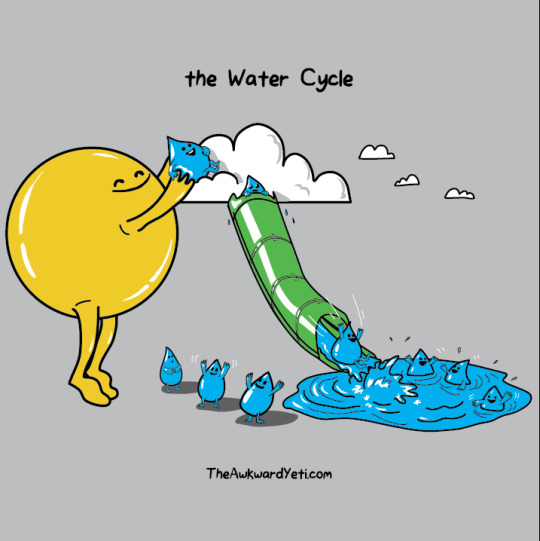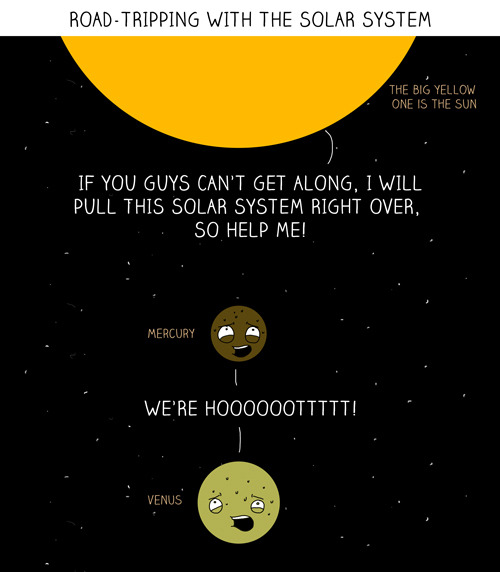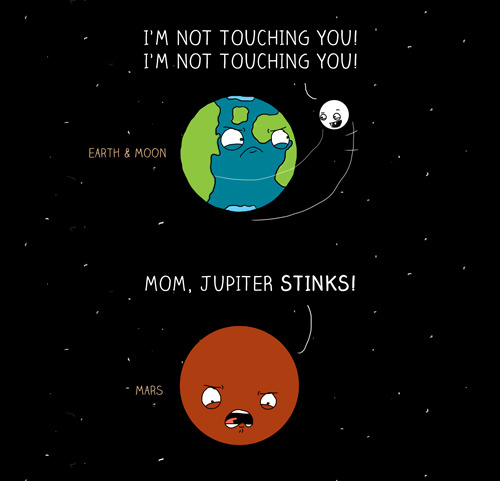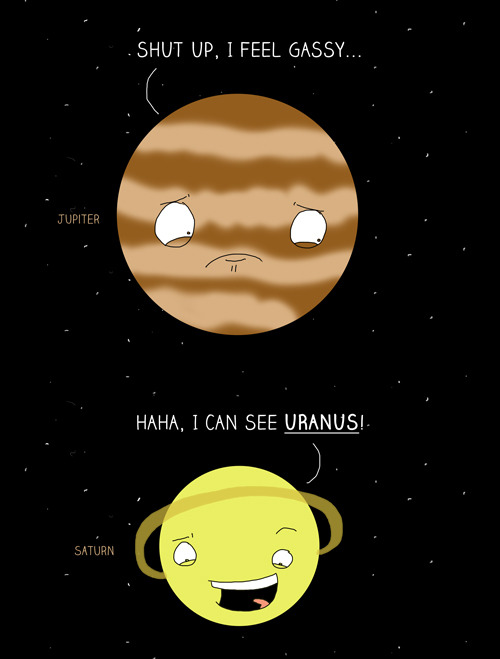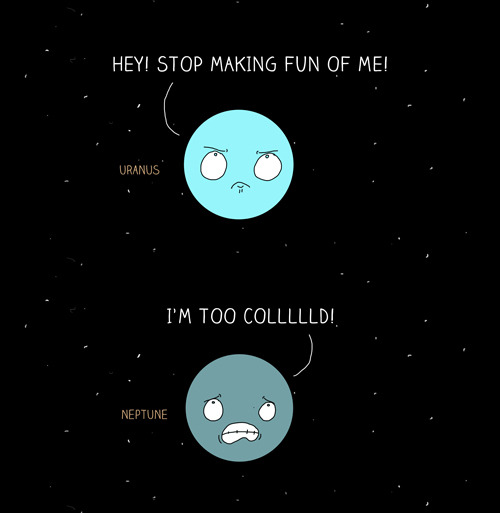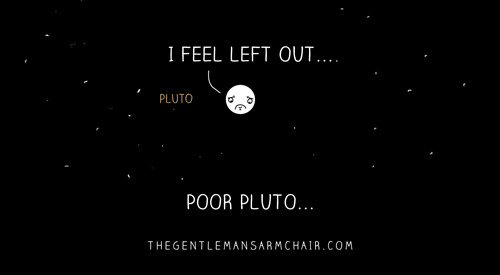First Year Science Teacher. Here you will find all of my science lessons. As well as the science I stumble upon.
Don't wanna be here? Send us removal request.
Link
1 note
·
View note
Video
youtube
How can the physics and engineering of wind and water change a country? From the world of European travel guides, here’s a quick primer: The Netherlands: Working Windmills.
300 years ago, half of what we know as The Netherlands was under water. Slowly, the former seabed was reclaimed and the Dutch went to work drying the ground with the country’s leading natural resource - the wind. Over 1000 windmills, some still functioning, survive in the Netherlands today, reminding locals and tourists alike of the clever engine that powered the creation of this land.
Related reading: Archimedes’ screw. Related watching: how wind turbines work, wingtip vortices, Windswept, The Old Mill, and more amazing videos about The Netherlands.
33 notes
·
View notes
Video
youtube
In 1999, near the Cape Verde Islands, “an unusually large Caulophryne pelagica [anglerfish] was captured in perfect condition, due perhaps to a lethargy induced by a prodigious meal which had expanded the stomach in excess of the standard length.” Not long after, the rare, deep-sea specimen was a part of the Natural History Museum's collection in London.
Only 17 examples of the hairy anglerfish have been discovered thus far, and this was the largest, so scientists were reluctant to cut it open for examination. However, a 3D scan of the fish could easily reveal its huge last meal.
Related watching: The Brilliance of Bioluminescence, skeletons, and more fish.
205 notes
·
View notes
Quote
Math is the language of the universe. So the more equations you know, the more you can converse with the cosmos.
Neil deGrasse Tyson (via alexblah)
3K notes
·
View notes
Photo


Blood spatter analysis.
(In case you haven’t heard, the next episode Radiolab is all about blood. To prime the pump, I’ll be posting bloody goodies for you this week.)
2K notes
·
View notes
Photo

NASA before Powerpoint
by JR Eyerman
3K notes
·
View notes
Photo

New Element #115 has been announced but is not officially “approved” (which must happen before it is added to the official periodic table.)
Scientists “slammed calcium atoms into americium.” Then, the element vanished quickly into a flash of radiation - but scientists could measure it. It has 115 protons at its center so that puts it at 115. This would be a great one for classes to discuss.
(via Scientists confirm new element after atoms collide - CNN.com)
8 notes
·
View notes
Photo

Science vs. the People
No. Just no. Kill the idea with fire.
There is no us vs. them. There is no separation between the Regular World and the Science World. Science is a mere act, a process of questioning and research and failure and success and exploration and discovery. It is performed by people, for people. “Science” is not the kind of noun that comes with geography or elevation or worth. It’s just a thing that we do.
Yes, some human beings more frequently act based on information and reason, and some are able to see the world for the beauty of its molecular and physical construction instead of for the mystery of its magic. But every man, woman, and child on Earth brings a lifetime of experiences and influences to each instant and judgment in their life. We all tote a caravan of experiential baggage, and each of us fills our neurological suitcases with a different value history. None of us are set in stone, all of us deserve respect for our experiences, no matter their agreement.
We should smash this idea. We should not play on a playground of intellectual privilege.
If you build an ivory tower to preach some superior message of Science™, then you’d better build high walls and a moat, because people will try to knock that down in a hurry.
And behind those walls, what good are you?
That being said, it would be nice if more people would vote for climate legislation, research funding, stem cell research, etc.
(I don’t mean to pick on your comic, Toothpaste for Dinner, I just really, really, REALLY don’t agree with this attititude)
548 notes
·
View notes
Photo



Overfishing
Predators and sea creatures
Seals and cod
Hypoxia and dead zones
Are you finished with finning?
64K notes
·
View notes
Photo




Acoustic Chemistry
Levitation is not only the domain of swamis and wizards. Science, too, can make objects float, like the electrical fields that levitate frogs or the magnets responsible for the epic phenomoenon known as quantum locking.
Sound, too, can be used to suspend objects in space, via acoustic levitation. We’ve seen this before, in this video, but now it’s been taken to the next level.
Acoustic levitation works because high frequency sound waves will interfere and form standing waves. Small objects can then be suspended at the “nodes" of those waves. Dimos Poulikakos has developed a way to guide those nodes toward each other, letting them initiate floating chemistry without a single human touch.
Here we see the violent reaction between sodium metal and water, captured in levitating glory.
More at New Scientist.
3K notes
·
View notes
Photo


Neat Histology Decals
Props to this South African company for designing these cool little histology decals for placing on the windows of African high schools in regions where purchasing microscopes and slides was not affordable.
What a neat idea to bring histology to underprivileged schools or the even the home classroom. I also think these would look fantastic with the sun shining through them on any office/bedroom/laboratory window.
335 notes
·
View notes
Link
In a study done by Parents magazine, half of all US children under the age of 8 use mobile devices such as a smartphone or tablet. That percentage only gets higher as the age increases. Some may view this as a bad thing or that these devices will lead to a loss of innocence to our youth....
1 note
·
View note
Text
merging blogs
I don't know if this is completely possible... I've read that it is not. However, I am planning on bringing everything from science lessons over to the education of ali. I started this blog to share my lesson plans and ideas with the tumblrverse, but it's currently acting mostly as a website.
This switch will not happen until this summer, so no worries. If you are currently using my lessons to scavenge last minute ideas or to help you with your student teaching (first of all, yay!!!) you will not have to find them in a new place just yet.
0 notes
Link
You’re gonna want to click this.
Trust me.
That’s far.
2K notes
·
View notes
